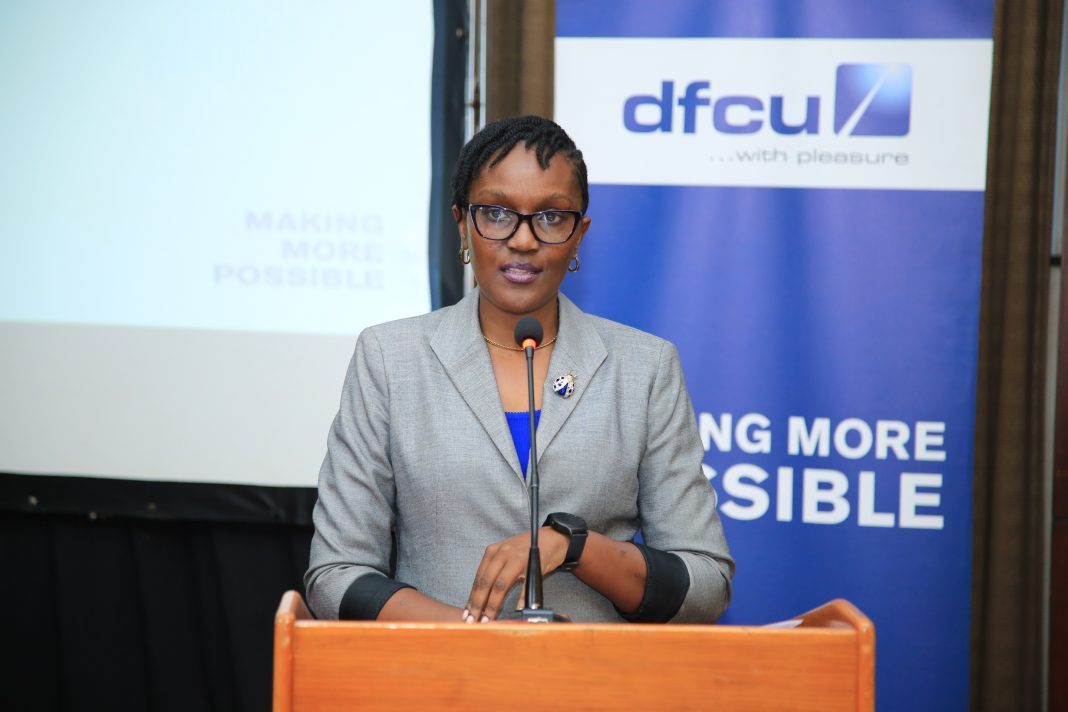By Rukh-Shana Namuyimba
The role of effective, consistent, localized and recurring communication in the fight against the coronavirus cannot be underestimated. Governments, health organizations, brands and even individuals have for the past 8 months used every avenue at their disposal to help communities prepare for and adjust to a world that no longer plays by our rules.
It is worth noting that communication focused on behavioural change, socioeconomic changes and psychosocial adjustments is key to how humanity will recover from this crisis. But, like a famous adage goes, the science of doing “Everything in moderation” is as important to what lessons will stick with us and what will be washed away when the storm settles.
In communicating with internal and external audiences, how do companies ensure that their messages are relevant, practical and have a shelf life that will go past the week’s hashtag?
The diary of an over booked employee: For employees whose jobs involve team and project coordination, a calendar that’s fully booked for the next 2 months is expected. But for those who are tasked with the creation, development, testing and selling of products, spending 70% of work hours in meetings is detrimental and frustrating. Do online meetings offer flexibility? Yes. Do they take up less time or ensure more productivity? Not necessarily. Now may be a good time for companies to examine the ways in which we’ve turned internal communication into a never-ending and oftentimes, dragging activity and come up with systems that are sensitive to staff productivity and engagement.
It’s time for links, codes and meeting IDs to take a bow: If we gave our customers a dollar for every online discussion that’s been marketed to them, they’d have a sizeable piggy bank. With each new engagement, audiences are subjected to eyestrain, data costs and information overload. “The new normal”, “Unprecedented times”, have become fodder for jokes from customers who have heard them one too many times.
A critical part of a holistic communication journey is analysis taking stock of efforts and making any adjustments if necessary; an action that doesn’t have to come at the end of this pandemic fight. Fewer but impactful activities will have deeper and lasting impact as opposed to frequent interactions which mix large panels with surface discussions.
The burnt-out Communications Specialist: As management teams task their Brand and Communications teams to continuously churn out internal, stakeholder and customer communication, they should consider the limits of their team’s creativity and productivity. Whether it be a one liner piece of copy, a press release report or campaign communication, the routine birth of content is a heavy task. Having a clear, phased plan allows your company to focus on dissemination of critical and effectual dialogues and allows your team to create memorable campaigns and content.
As each of us feels the effects of the pandemic, we can agree that the inevitable has already happened and life has indeed changed. But we cannot continue to act from an automated zone. On the one hand audiences are bombarded with online plus audio-visual content and limited time to process it or even apply it. On the other we have overstretched communications teams ticking boxes when what we really need to be doing is going back to the basics of effective communication which is about being deliberate, necessary and impactful.







